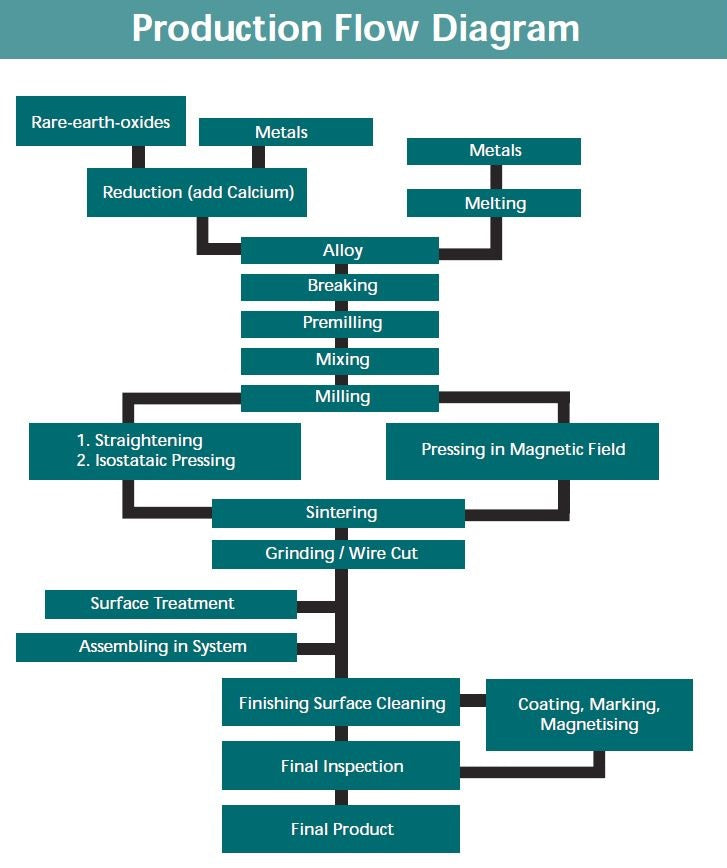Neodymium Block Magnet - 5mm x 1.7mm x 4mm N50
Product code: B-W1.7H4L5-N50

Neodymium Block Magnet - 5mm x 1.7mm x 4mm N50
Uses for our Rare Earth Block Magnets:
Small Neodymium magnets are used to miniaturise the microphones and speakers in our smartphones and many other high-tech devices that send and receive sound. Tiny magnets inside the microphone of the device act as transducers that convert sound wave vibrations in the air into electrical currents. These electrical signals can then be transmitted, amplified or recorded. Loudspeakers, such as PA systems, use this principle in reverse to convert electric signals into amplified audible sound waves. Most intercom systems and two-way radio transmitters operate using small permanent magnets in the microphone and speaker that are sturdy and reliable for outdoor use. Highly technical micro-devices in medicine and electronics use tiny permanent magnets to actuate processes remotely and without the friction that reduces long term reliability in larger, more mechanised devices. Many warning and safety sensors utilise tiny magnets to detect movement and proximity that can indicate pressures and temperatures that may be approaching dangerous levels. Neodymium magnets have impacted many engineering and scientific methodologies and have helped to initiate the research and development of completely new ones.
Neodymium Block Magnet - 5mm x 1.7mm x 4mm N50 (B-W1.7H4L5-N50)






Uses for our Rare Earth Block Magnets:
Small Neodymium magnets are used to miniaturise the microphones and speakers in our smartphones and many other high-tech devices that send and receive sound. Tiny magnets inside the microphone of the device act as transducers that convert sound wave vibrations in the air into electrical currents. These electrical signals can then be transmitted, amplified or recorded. Loudspeakers, such as PA systems, use this principle in reverse to convert electric signals into amplified audible sound waves. Most intercom systems and two-way radio transmitters operate using small permanent magnets in the microphone and speaker that are sturdy and reliable for outdoor use. Highly technical micro-devices in medicine and electronics use tiny permanent magnets to actuate processes remotely and without the friction that reduces long term reliability in larger, more mechanised devices. Many warning and safety sensors utilise tiny magnets to detect movement and proximity that can indicate pressures and temperatures that may be approaching dangerous levels. Neodymium magnets have impacted many engineering and scientific methodologies and have helped to initiate the research and development of completely new ones.
Neodymium Block Magnet - 5mm x 1.7mm x 4mm N50 (B-W1.7H4L5-N50)







